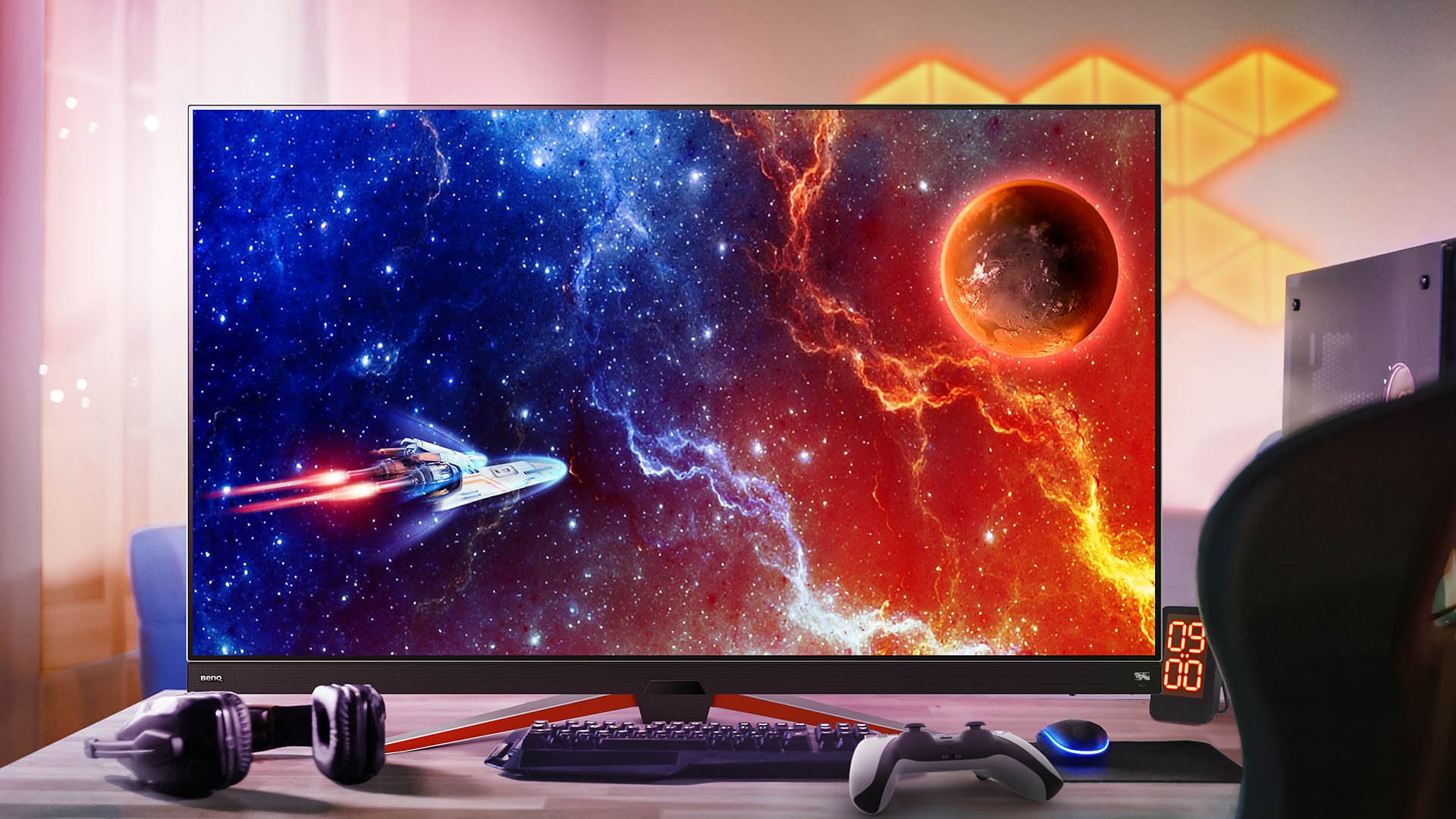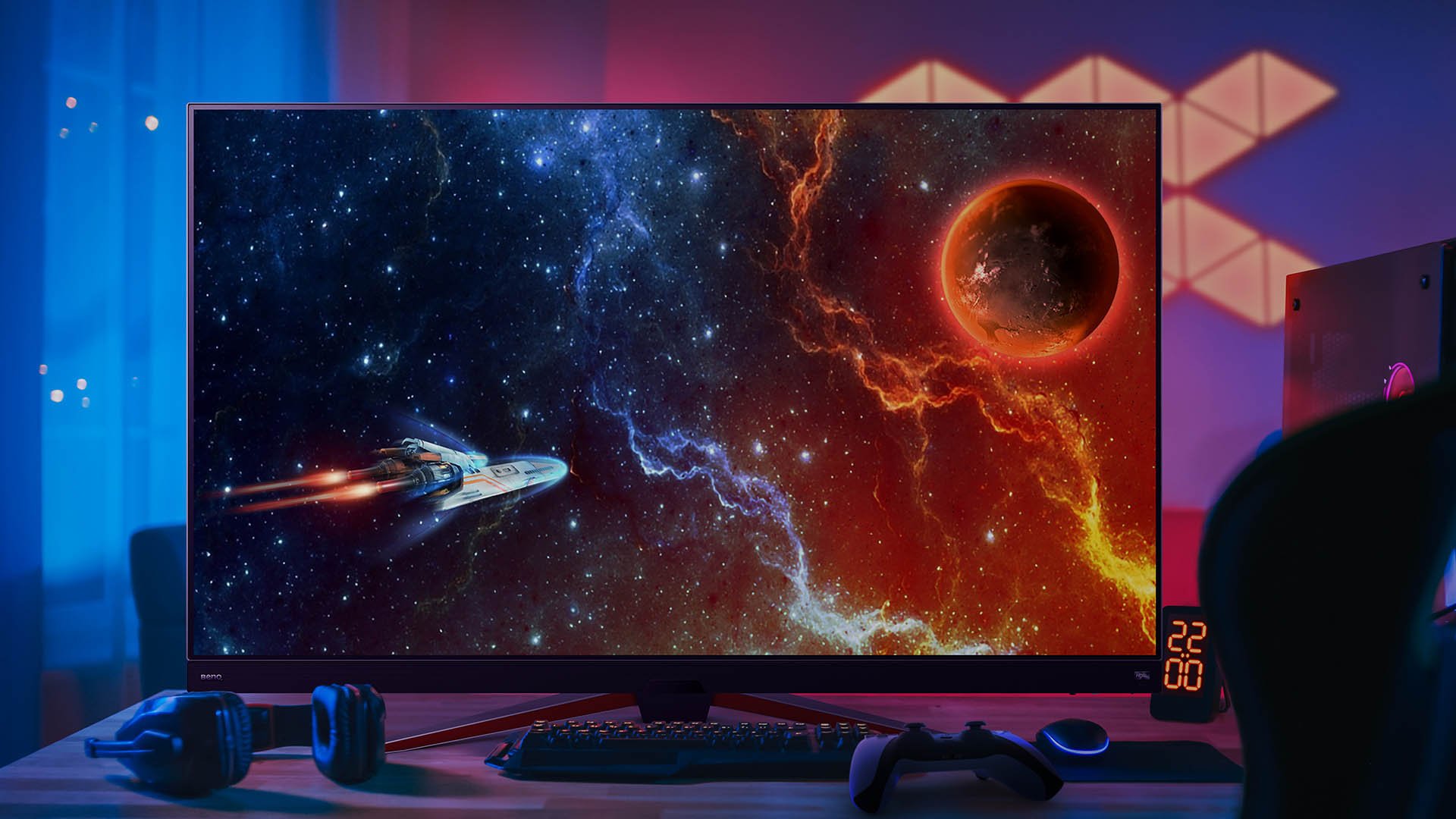Projector
Monitor
Lighting
Digital Display
Job References
This site uses cookies. By continuing to browse the site you are agreeing to our use of cookies, you can also manage preferences.
This site uses cookies. By continuing to browse the site you are agreeing to our use of cookies, you can also manage preferences.
Projector
Monitor
Lighting
Digital Display
Job References
Projector
Monitor
Lighting
Digital Display
Job References
Knowledge Center SupportThe rise in popularity of OLED monitors is impossible to ignore. But what has made them so popular? What makes OLED monitors different, and are they right for me? Let’s find out!
You’ve probably heard of LEDs before – Light Emitting Diodes. They are everywhere: in lightbulbs, flashlights, and yes, in display screens. The LEDs in display screens act as individual pixels, allowing for the flat screens and bright monitors consumers have come to expect from modern monitors. OLED, which stands for Organic Light Emitting Diode, is a recent advance in LED display technology. But what makes OLEDs different from regular LEDs?

OLEDs use an organic compound to create the electroluminescent layer which emits light. It is self-illuminating, and this has several advantages in display quality, which many feel creates a better viewing experience. OLED monitors have excellent image quality, with the widest color range and highest contrast levels. As OLED pixels are turned off when not in use, they create perfect black levels. And since OLED monitors don’t need a backlight unit like LED monitors, they can be even thinner and lighter without taking much of your desk space.
There are a few disadvantages to OLED monitors, due to the nature of the technology involved. OLEDs have a shorter lifespan than LED monitors; on average they have about half of the lifespan regular LED monitors. While this should still get the average consumer many years of use, it is still less than a comparable LED display.
Screen burn-in can be a problem with OLED monitors. Lengthy periods with static images will cause burn-in, where an afterimage remains on screen. Colors can fade over the lifetime of the screen, leading to a lesser display quality over time. And OLED screens are easily damages by liquids, making them a risky proposition when used outdoors.
There are several ways to reduce the drawbacks of OLED monitors in your everyday use. You can increase its lifespan by shortening the time to trigger sleep mode, decreasing the chance of burn-in. Also, decreasing the brightness to less than maximum can make your OLED last even longer.
BenQ OLED monitors have many unique features that help extend their lifespan and protect against burn-in, such as *Off-RS compensation, JB maintenance, Orbit feature to reduce wear and tear. And finally, BenQ Eye-Care technology protects gamer’s eyes from damage during lengthy play sessions.


Ultimately, OLEDs provide a higher quality viewing experience, but you should do your own research to determine if OLED monitors are right for your needs. And if so, try BenQ OLED monitors, which offer ultimate viewing experience, OLED maintenance and protection, and also professional eye-care features for you.
Thanks for your feedback!